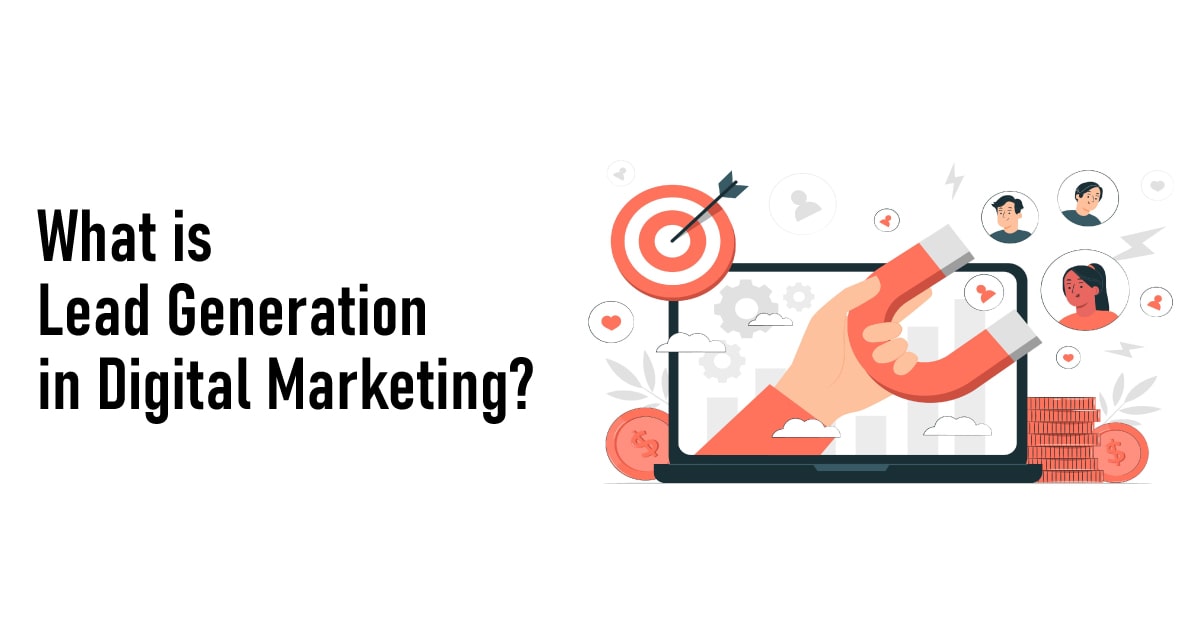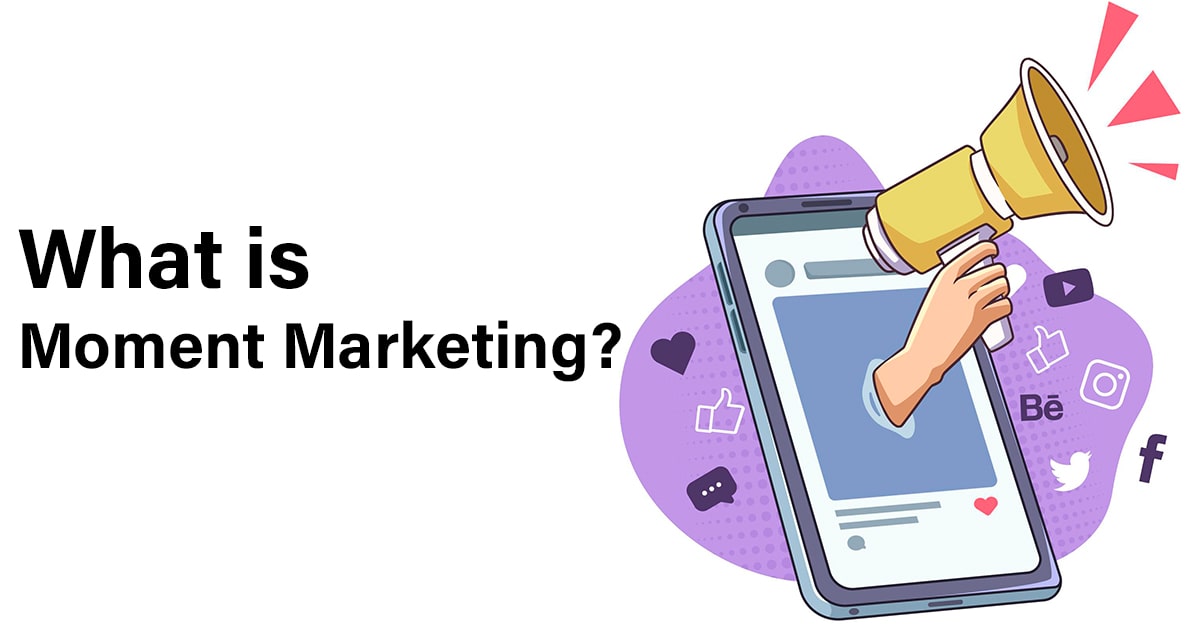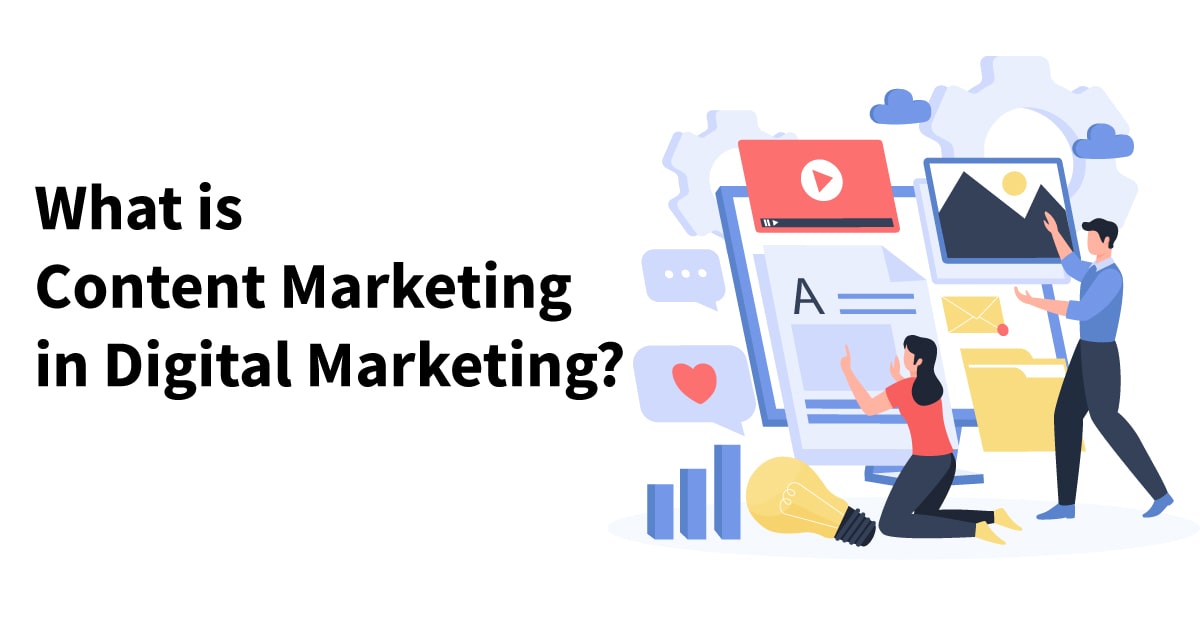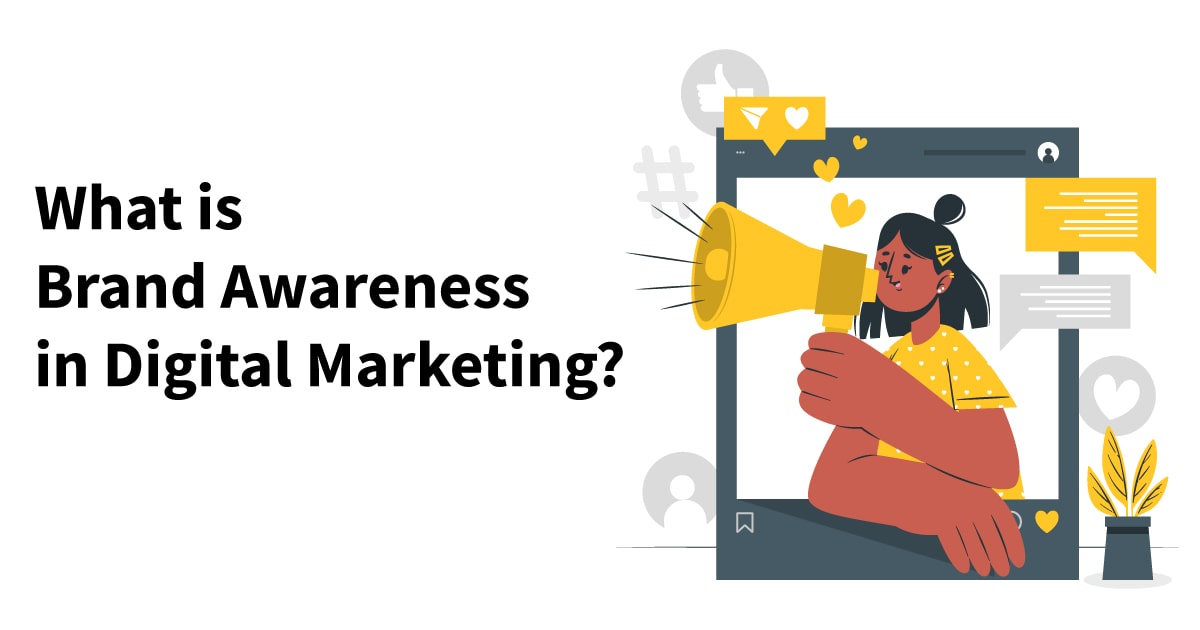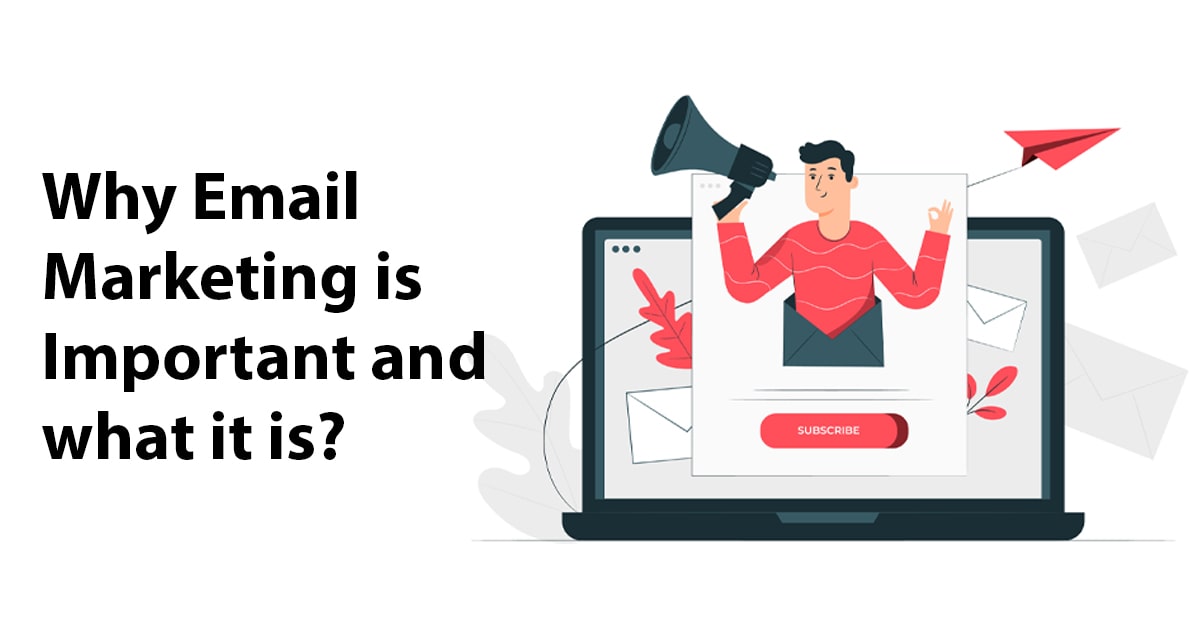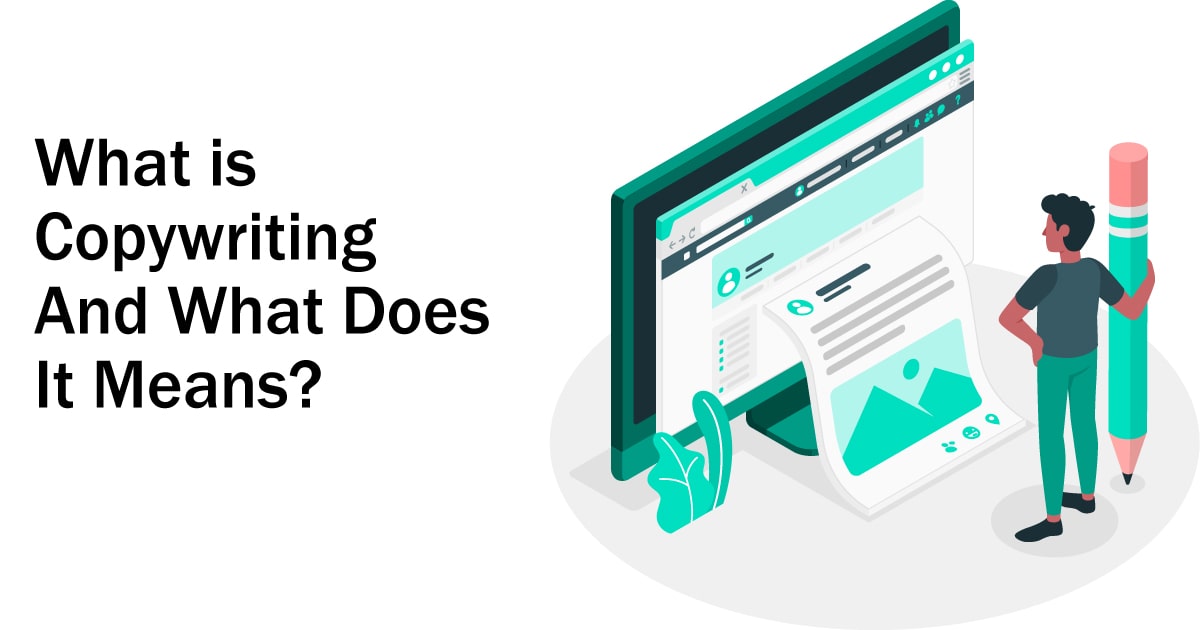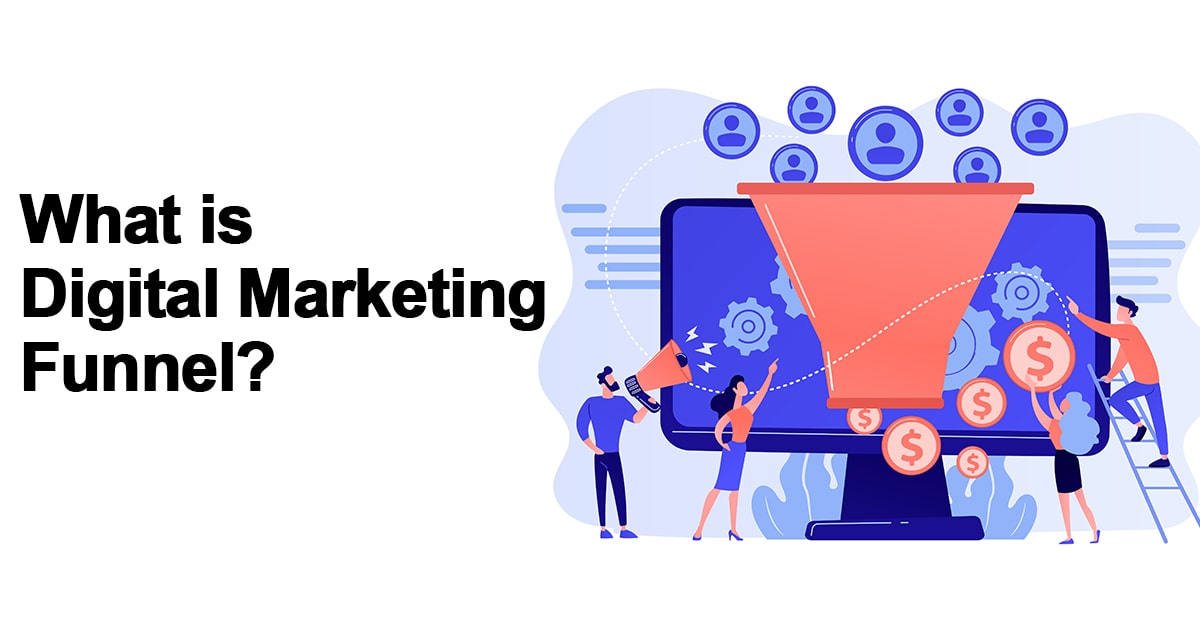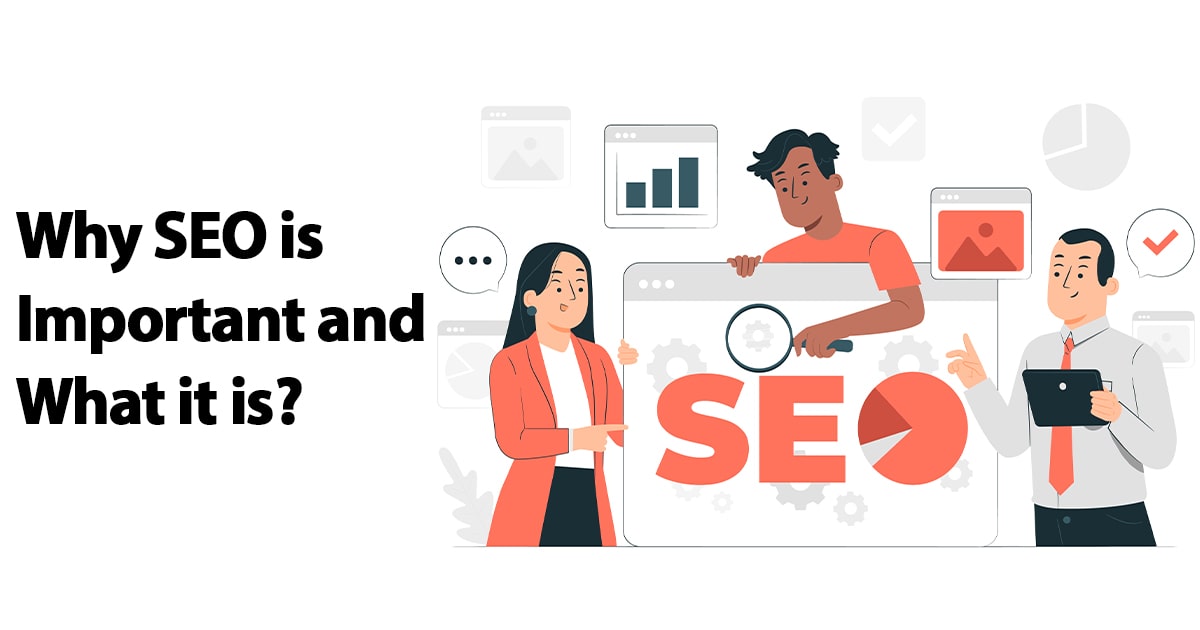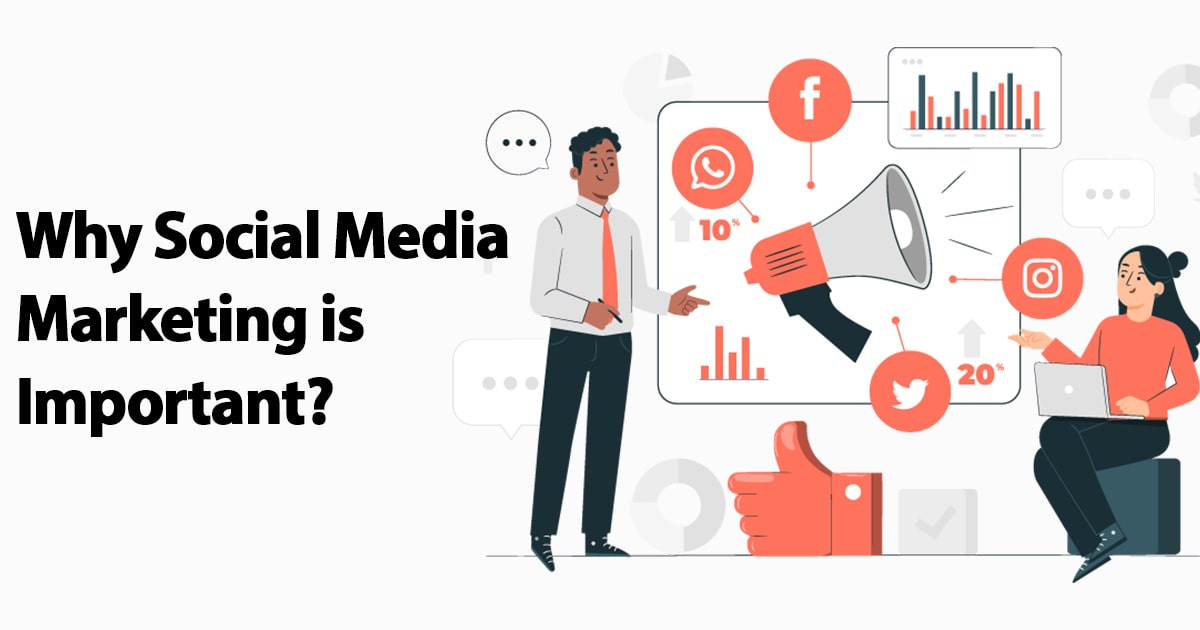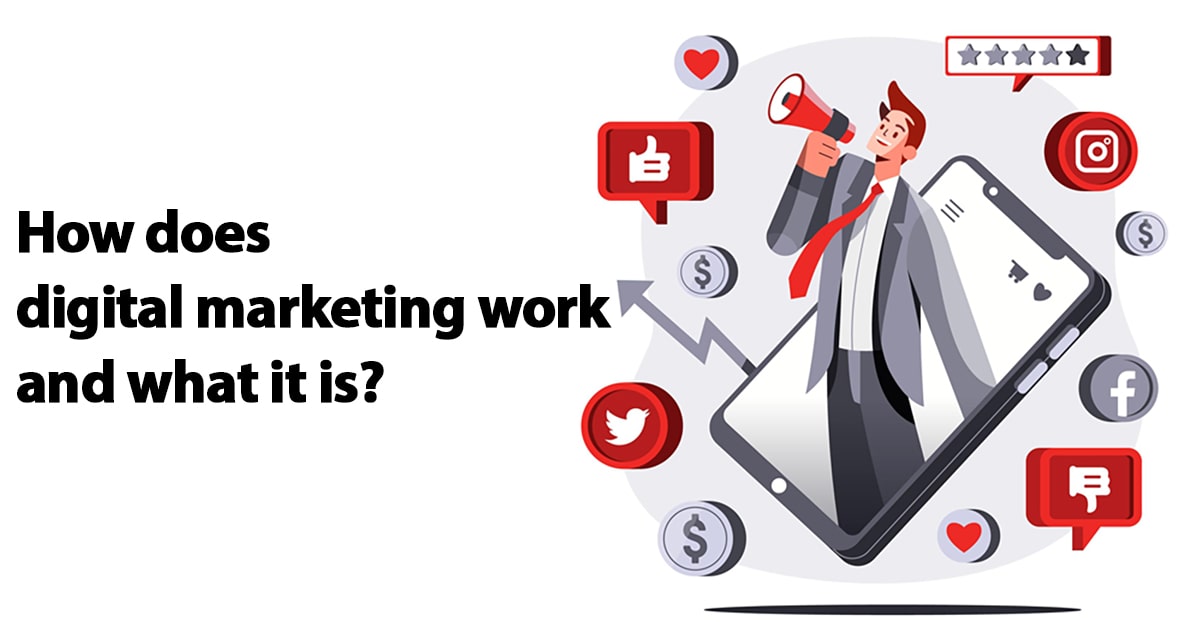Lead generation is an important part of digital marketing. It’s what drives new customers to your business, and it’s how you turn casual visitors into loyal customers.
In this article, we’ll explore what lead generation is, how you can use it to your advantage how to generate leads etc. We’ll look at the types of lead generation available, why it’s important for your business, and how you can use various tactics to boost your lead generation efforts.
So if you’re looking to start generating more leads and increase your customer base in the digital world, read on!
What is lead generation?
In digital marketing, lead generation is the process of attracting and converting strangers into customers or qualified leads.
The lead generation process typically begins with content marketing or paid advertising designed to attract strangers to your brand. Once you have their attention, you must then convert them into a lead by getting them to provide their contact information, usually through a form on your website.
Once you have their contact information, you can then begin nurturing the lead into a customer or qualified prospect through email marketing, targeted content, and personal follow-up.
If you are a beginner, Let's Learn Some Basics!!
What is lead?
The term “lead” can be confusing in the marketing and advertising world. A lead is simply a person who has shown interest in your product or service in some way, shape, or form. That interest could come in the form of subscribing to your email list, filling out a contact form on your website, downloading a white paper from your site, or anything else that indicates they want to learn more about what you have to offer.
Lead generation is the process of attracting and converting strangers into leads. In other words, it’s the process of turning someone who doesn’t know anything about your product or service into someone who does. And once you have a lead, you then have the opportunity to turn them into a customer.
There are a number of different ways to generate leads, but they all generally fall into one of two categories: inbound or outbound. Inbound lead generation focuses on creating content and strategies that attract people to your brand and encourage them to raise their hand and indicate they’re interested in learning more. Outbound lead generation is more proactive and involves reaching out to people who may not be familiar with your brand yet but who fit your target market profile in some way.
Both inbound and outbound lead generation have their own set of pros and cons, so it’s important to choose the right approach for your business based on your goals, budget, and resources.
Different Types of Leads
There are a few different types of leads that companies will use in order to generate new business.
The most common type of lead is a suspect, or someone who may be interested in your product or service. These leads can be generated through online research, trade shows, or cold calling.
Another common type of lead is a prospect, or someone who has been identified as a good fit for your company. These leads typically come from referrals, online forms, or previous customers.
Finally, there are hot leads, which are people who are already interested in your product or service and are ready to buy. These leads can be generated through online ads, promotional events, or targeted emails.
Why Do We Need Leads?
As the first step in the sales process, lead generation is the art of attracting and converting strangers into prospects. The goal of lead generation is to fill your pipeline with potential customers so you can close more deals and grow your business.
There are many ways to generate leads, but not all leads are created equal. The best leads are those that are qualified and have a high likelihood of becoming customers.
There are a number of factors that go into qualifying a lead, but some of the most important criteria include:
- 1. The lead's budget
- 2. The lead's timeline
- 3. The lead's authority
- 4. The lead's need for your product or service
While there are many ways to generate leads, the most effective way to fill your pipeline with high-quality leads is through inbound marketing. Inbound marketing is a holistic approach to marketing that attracts strangers to your brand and converts them into loyal customers.
What are the best strategies for lead generation?
There are a number of strategies that can be used for lead generation in digital marketing. Some of the most effective include:
- Creating Compelling Content: This could be in the form of blog posts, infographics, eBooks or even videos. The key is to create content that is interesting and informative, and that will encourage people to sign up to your email list or contact you for more information.
- Using Social Media: Social media is a great way to connect with potential customers and generate leads. Use platforms like Twitter, LinkedIn and Facebook to share your content and interact with potential leads.
- Running Ads: Ads can be a great way to reach a large audience and generate leads. However, they need to be well-targeted and relevant to your target market.
- Hosting Webinars: Webinars are a great way to provide valuable information to your target market while also generating leads. Provide something of value and then offer participants the opportunity to sign up for more information or a free trial of your product/service.
- Creating Landing Pages: Landing pages are standalone pages that are designed to capture lead information. They should be well-designed and offer something of value in exchange for the visitor's contact information.
How to generate organic leads from social media
In order to generate organic leads from social media, you need to have a strong social media presence. This means having an active and engaged profile on each platform that you are using. Posting quality content regularly is essential in order to attract new followers and keep your existing ones engaged.
Interacting with other users is also important, as this shows that you are interested in what they have to say and that you are willing to engage in conversation. If you can get potential leads to follow you on social media, then you will be able to reach out to them directly and start building a relationship.
Generating organic leads from social media takes time and effort, but it is a great way to build your brand and reach new audiences. Keep at it and don’t be afraid to experiment with different content types and strategies until you find what works best for you.
How to generate leads from paid ads
Running paid ads is one of the most effective ways to generate leads for your business. When done correctly, paid ads can help you target a specific audience and get your message in front of them quickly and easily.
To generate leads from paid ads, you need to create an ad that is targeted and relevant to your audience. Your ad should be placed on a site or platform where your target audience is likely to see it. You also need to make sure that your ad is well-designed and easy to understand.
Once you have created your ad, you need to track its performance so that you can optimize it for better results. Make sure to track how many people click on your ad and how many of those clicks turn into leads. By tracking your ad’s performance, you can make necessary changes to improve its effectiveness.
Conclusion
In conclusion, lead generation is an important element of digital marketing that can help businesses reach their target audience and increase conversions.
By understanding the basics of lead generation, you can create effective campaigns to capture more leads and grow your business. With a little bit of planning and creativity, you’ll be able to gain more qualified leads and convert those into customers who will be loyal to your brand for years to come.


